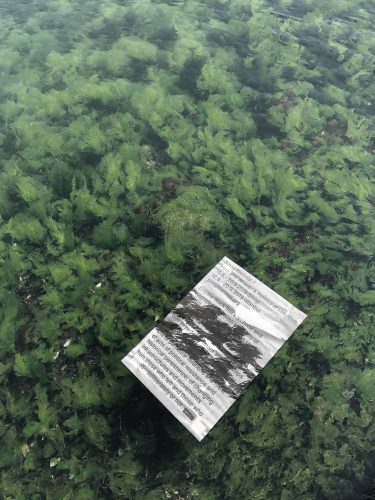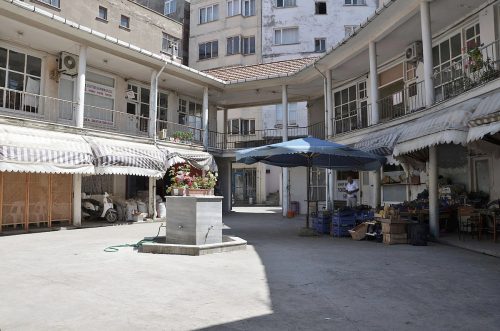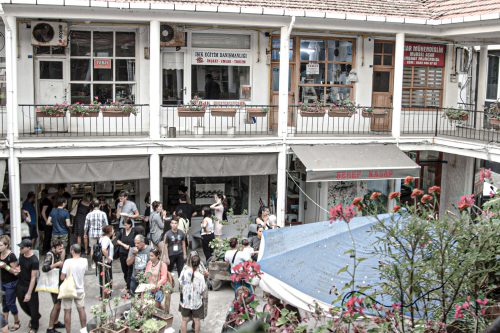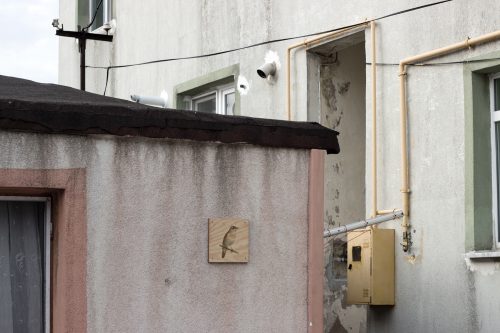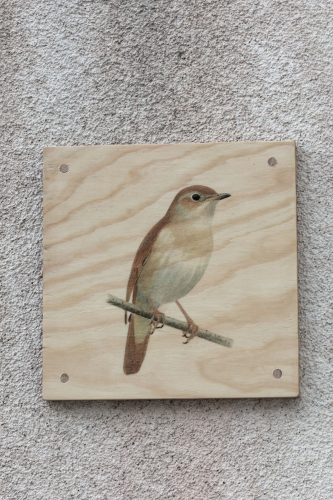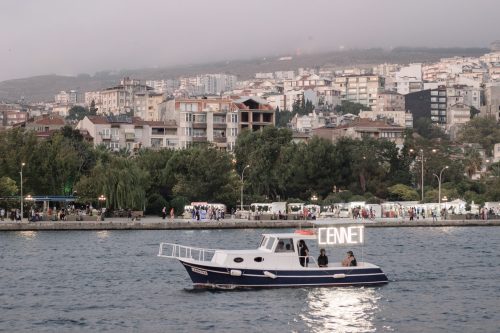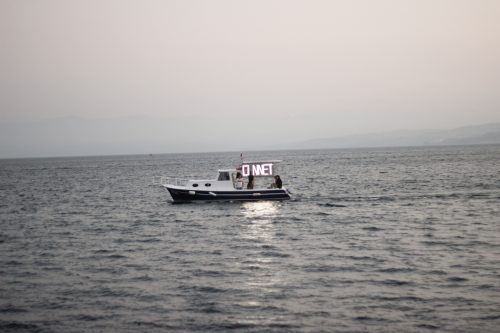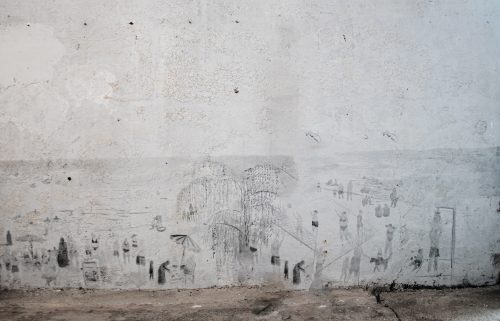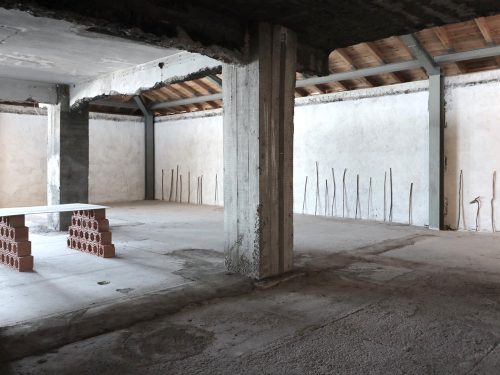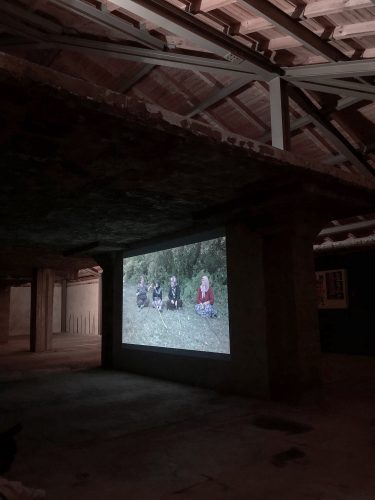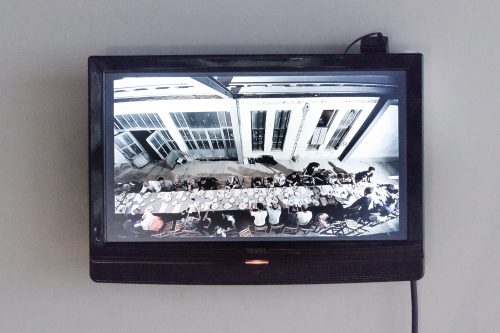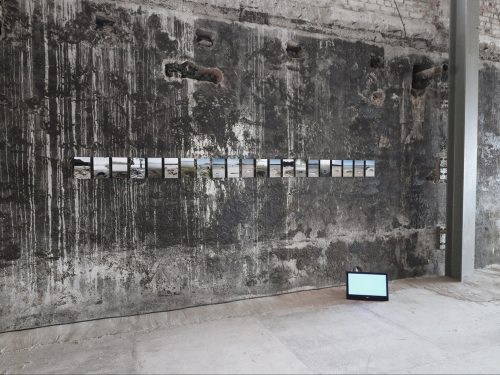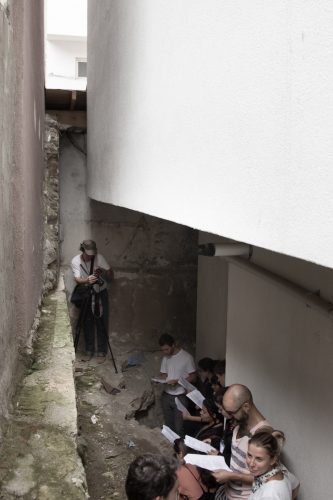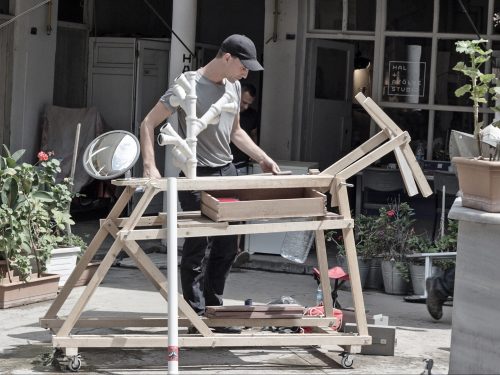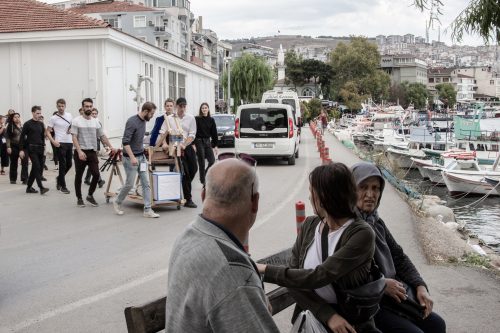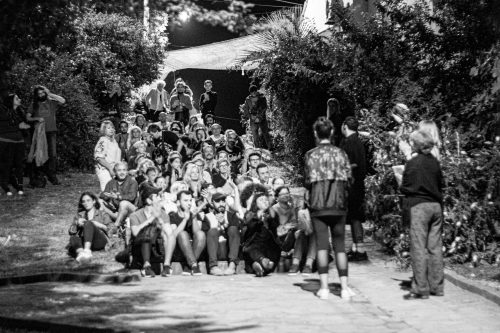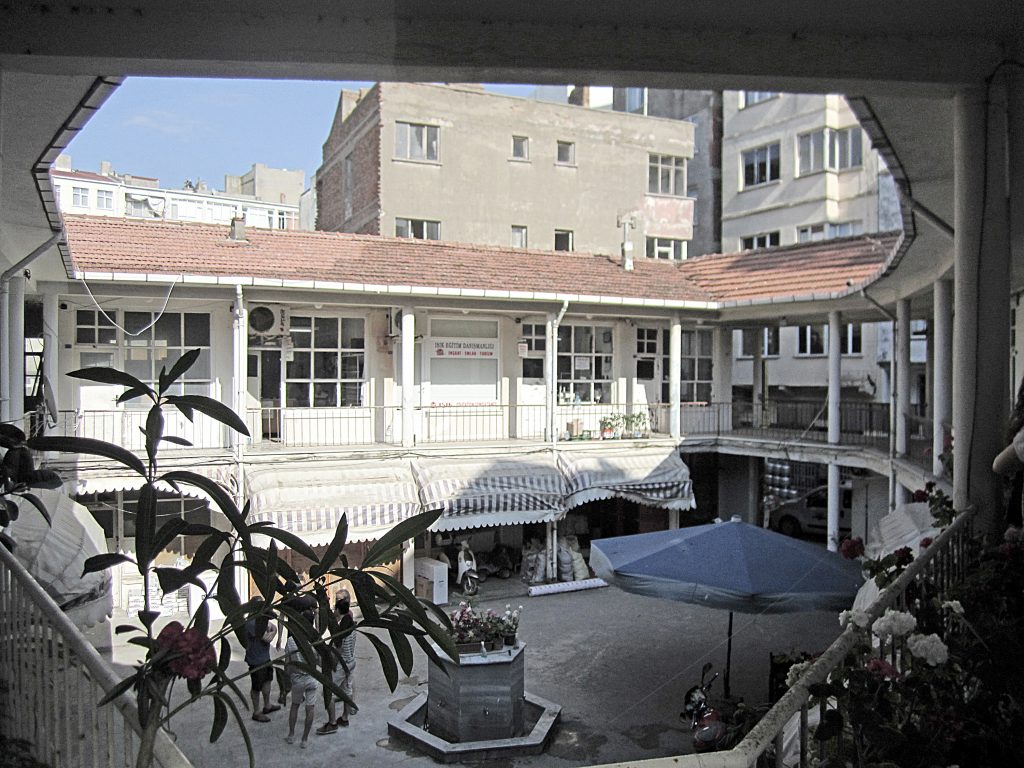
Conceptual framework and curation, 2019
17 images
The Sinop Biennial is based on situated practices and collaborative processes. It finds a starting point at the former market place “Hal” in the center of Sinop, the northernmost coastal city of Turkey, to explore various localities in the Anatolian Black Sea region. Moving on collective routes, the aim is to gather diverse histories, experiences, and artistic inquiries in situ: in the local geo- and socio-political realities, the Black Sea’s archival and colonized landforms and body of water. They pass over nation states and contain fragments from the past and future; the memory of a Russian spy whale from Cold War times, as well as perfectly intact ancient ships deep down in the dark sea together with tons of plastics. They are the site of particular relations and rites, of acts of political resistance and historical persistence; of changing infrastructures and movements from those who left and those who arrived—deliberately or not.
The place is also shaped by national mythologies and suppressed histories. They call for a politics of location. Formulated by the feminist poet Adrienne Rich (1929–2012), a politics of location aims to reconnect thinking and speaking with a situated experience, a particularity, a geography, a body. It aims to reconnect what has been disconnected: politics to ongoing lives, claims to the ground they are coming from, to places, times, cultures, conditions, classes, and movements. Translated into the curatorial concept, in situ processes, that is situated practices, become important; on the one hand, these practices are opposed to the masculine that coincides with the fixity of objects or finished works just dropped and presented in a place and dwelling on stable differences between roles, subjects, and hierarchies. On the other hand, situated practices are opposed to a notion of locality as the site of foundational knowledge and fixed identity. Rather, they understand location as the place of experienced connections and intersections—through routes rather than roots, that means through the beings and things that pass by, stop, stay or leave. Therefore, situated practices engage in relations, they look at historical contact to recognize change and becoming through a series of encounters, contacts, and conflicts, on routes that enable and discipline the movement and displacement of beings and things.
Routes to follow at the Black Sea are: the Danube downstream into the Black Sea, Diogenes’ mythical travel from his hometown Sinop to Athens, the beltway connecting the six neighbors around the coast, the flows of oil, trash, data, swarms and pheromones from the Bosporus; to follow some of these routes might help us understand location as the relationship between things and beings.
While the biennial establishes contact zones on various routes, it is concerned with the potentials of discrepant movement, with tactics of translation and transgression, with encounters as political and aesthetic impulse. It aims to initiate active contacts and processes, establish collective practices between residents, guests, and (sub)urban region; it aims at art being produced rather than placed there, through transversal processes of conversation, translation and improvisation. We search for possible other and emancipated ways of connecting to things and beings, of recognizing and collectively producing alternative forms of knowledge with guests, the local environment and its inhabitants (animals, humans, plants, technology).
To move these forms of knowledge from the Black Sea Coast to Istanbul and other places, we produced an open and nomadic archive. There, the situated practices and collaborative processes will be continued and shared.
Conceptual framework by Asli Serbest and Mona Mahall
With contributions by Mobile Albania, Halil Altındere, Aristide Antonas, The Dynamic Archive, Elina Axioti, Mehtap Baydu, Banu Cennetoğlu, Övül Durmuşoğlu, Fulya Erdemci, Annika Eriksson, Hayırlı Evlat, Ana Filipovic, Marina Fokidis, Kevser Güler, Pauline Curnier Jardin, Philipp Mecke, Angela Melitopoulos, Mahir Namur, Samuel Nyholm, Pınar Öğrenci, Kemal Özen, Şener Özmen, theater.prekariat, For the Love of Bee! Collective, Kerstin Schroedinger, Hito Steyerl, Johannes Vogl, Sheri Wills, Brian Kuan Wood, Adnan Yıldız, Sibel Yılmazer, and others.
All photos by Laura Baumann.
Hal and Buzhane, Sinop
Mars, Istanbul
August 16—September 15, 2019
